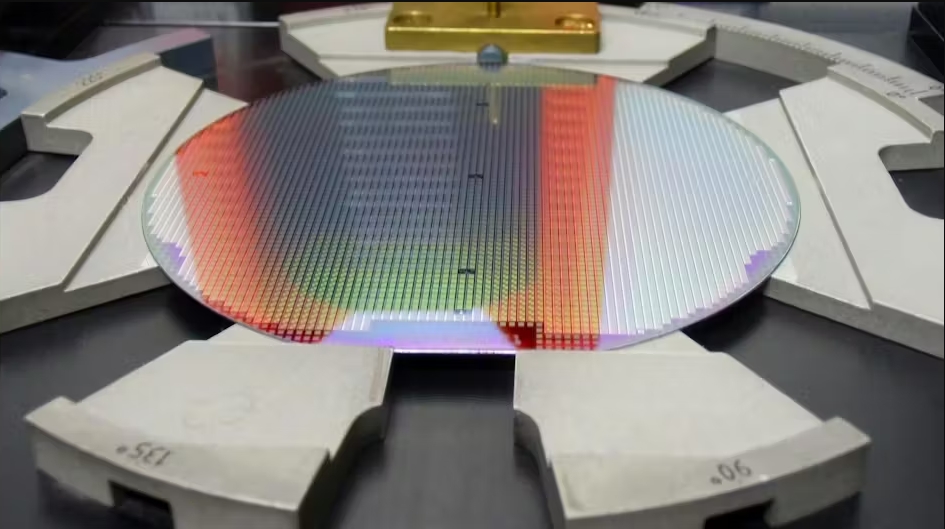A team of Purdue University and Anchips researchers have come up with a new method of keeping semiconductor chips from being counterfeited.
Download this article in PDF format.
The global chip industry is facing an ongoing shortage of new chips and a surge of counterfeit chips. Valued at $75 billion, the latter introduces substantial risks of malfunction and unwanted surveillance. In response, a group of researchers from Purdue University are proposing an optical anti-counterfeiting detection method for semiconductor devices.
The detection method can stand up to adversarial tampering features (i.e., malicious package abrasions, compromised thermal treatment and adversarial tearing).
“Our new deep-learning approach uses a RAPTOR (residual, attention-based processing of tampered optical response) discriminator,” the researchers state in their Advanced Photonics report, “showing the capability of identifying adversarial tampering to an optical, physical unclonable function based on randomly patterned arrays of gold nanoparticles.”
How Does it Work?
Using semantic segmentation and labeled clustering, researchers efficiently extract the positions and radii of the gold nanoparticles in the random patterns from 1000 dark-field images in just 27 ms. They then verify the authenticity of each pattern using RAPTOR in 80 ms with 97.6% accuracy under difficult adversarial tampering conditions.
The new method was developed for an industry that’s grown into a $500 billion global market over the last six decades. Along the way, the semiconductor fabrication pipeline has become fragmented, inadvertently giving rise to a $75 billion counterfeit chip market that jeopardizes safety and security across multiple sectors dependent on semiconductor technologies.
Securing Industry is tracking this new development and says current methods deployed to protect chips from counterfeiting typically rely on physical security tags baked into the chip functionality or packaging. The Purdue team’s approach, on the other hand, relies on PUFs—a term for markers based on random processes that are deemed almost impossible to replicate.
“Several techniques aimed at affirming semiconductor authenticity have been introduced to detect counterfeit chips, largely leveraging physical security tags baked into the chip functionality or packaging,” the researchers point out. “Central to many of these methods are PUFs, which are unique physical systems that are difficult to replicate, either because of economic constraints or inherent physical properties.”
Three Key Differentiation Points
Overall, this novel anti-counterfeiting approach is being touted as:
- The first method to apply an attention mechanism for PUFs authentication, using the nanoparticle radii as soft weights and the post-tamper distance matrix as a value matrix.
- The first to develop data set generation methods for gold nanoparticle PUFs, for which there is no existing public data set.
- Achieving high verification accuracy under difficult, real-world tampering schema using machine learning to verify the gold nanoparticle PUFs.
“We begin by discussing the importance of optical PUFs for semiconductor authentication and then spotlight the challenges in current verification methods,” the researchers state. “We then introduce a statistical approach to overcoming these challenges by formalizing the problem of adversarial tampering detection. We conclude by providing accuracy and speed results for both the average distance analysis and RAPTOR.”
They go on to say that the ease of fabrication of gold nanoparticles, along with rapid and robust tampering detection with RAPTOR, opens up a large opportunity for the adoption of machine-learning-based tampering detection schemes in the semiconductor industry. However, more work is required in material development to ensure that these methods are robust to unforeseen types of tampering and natural degradation.



